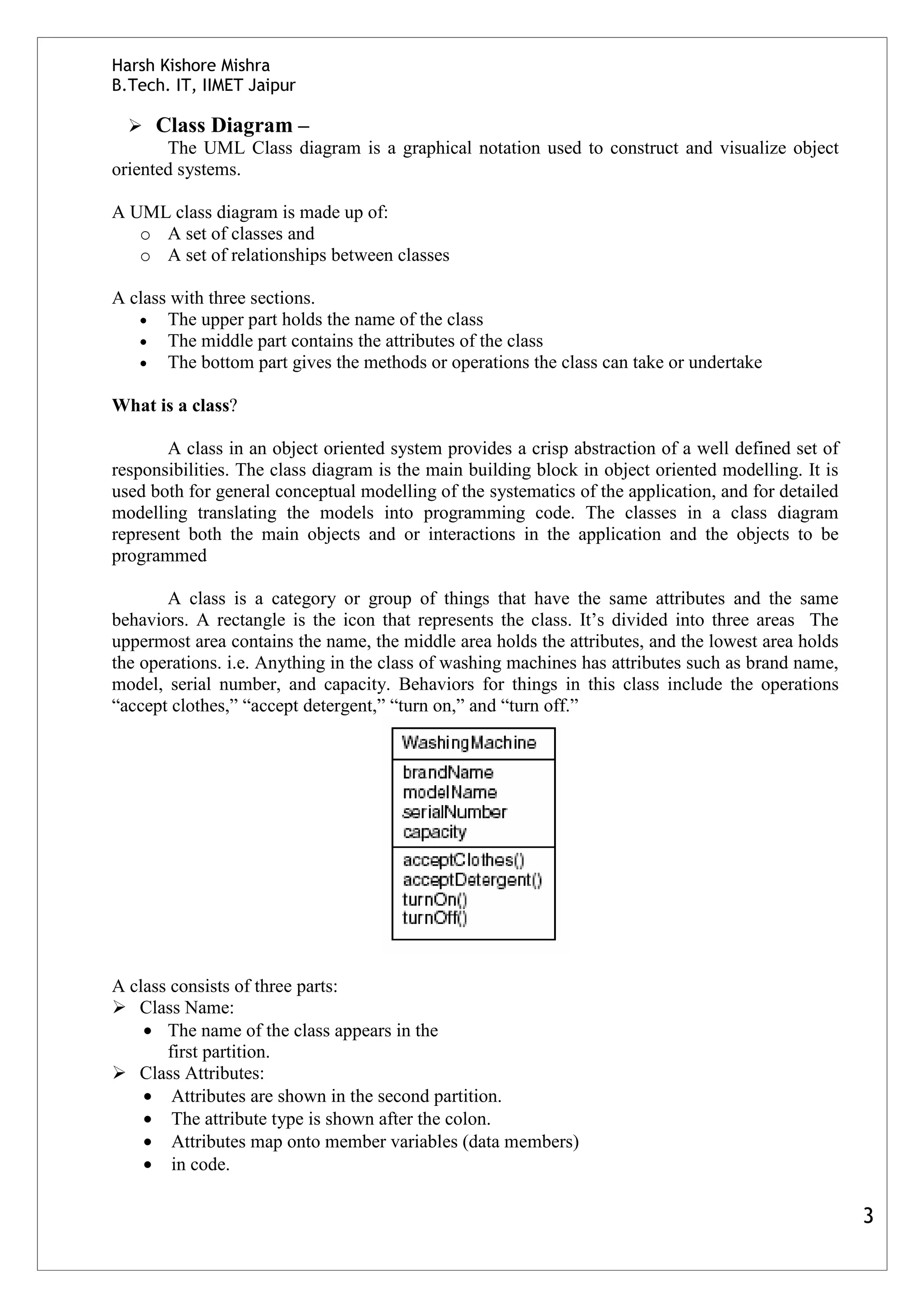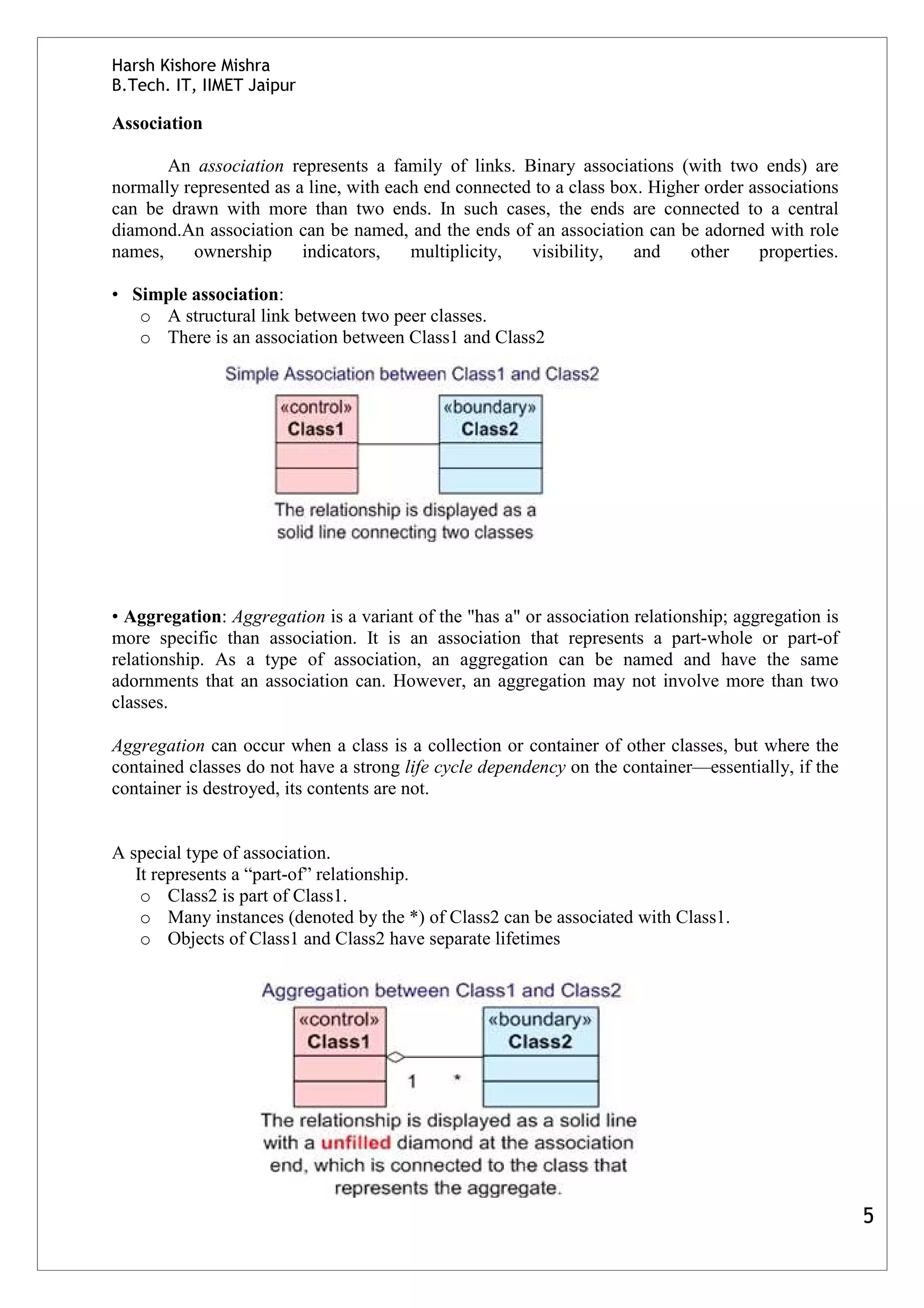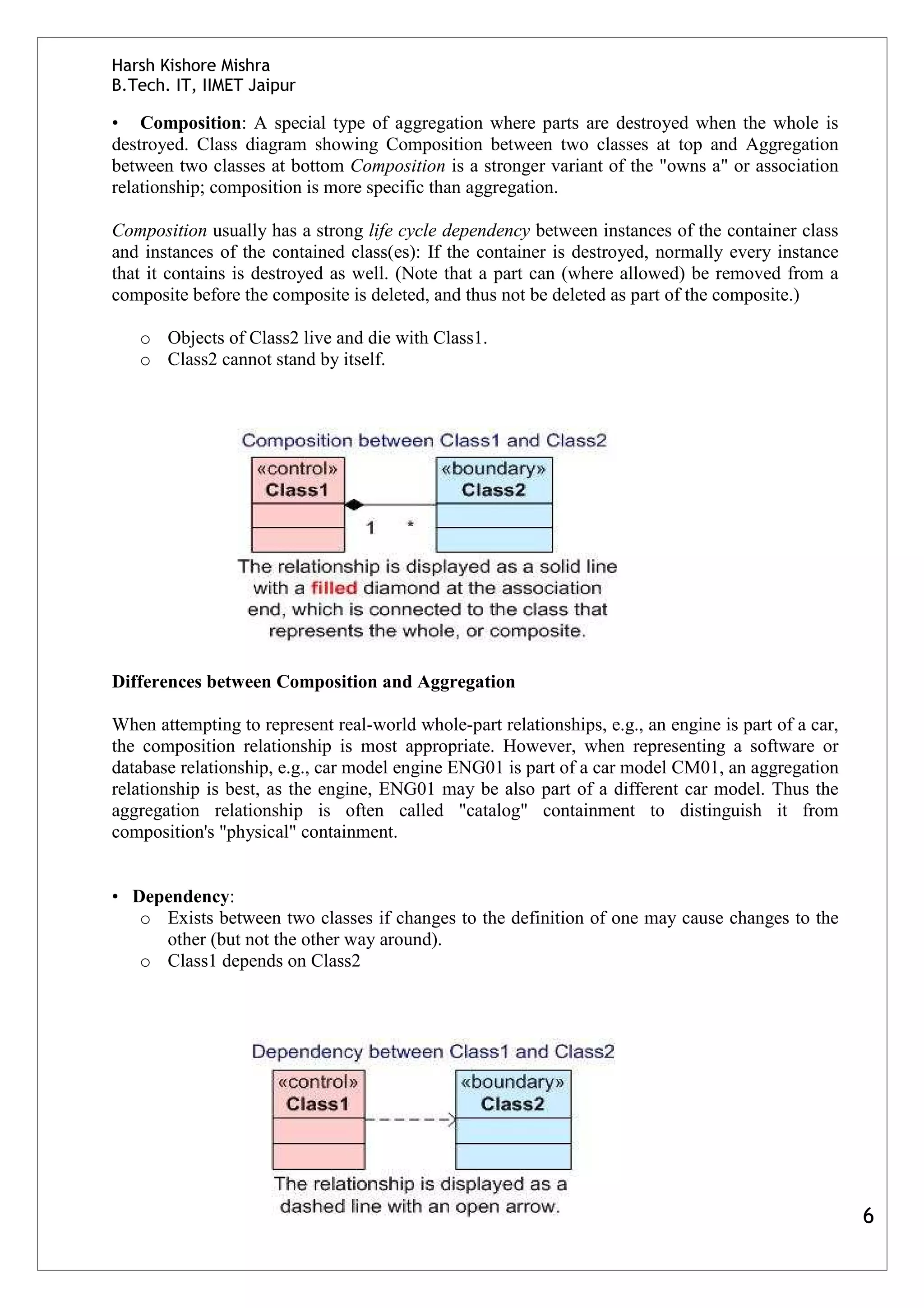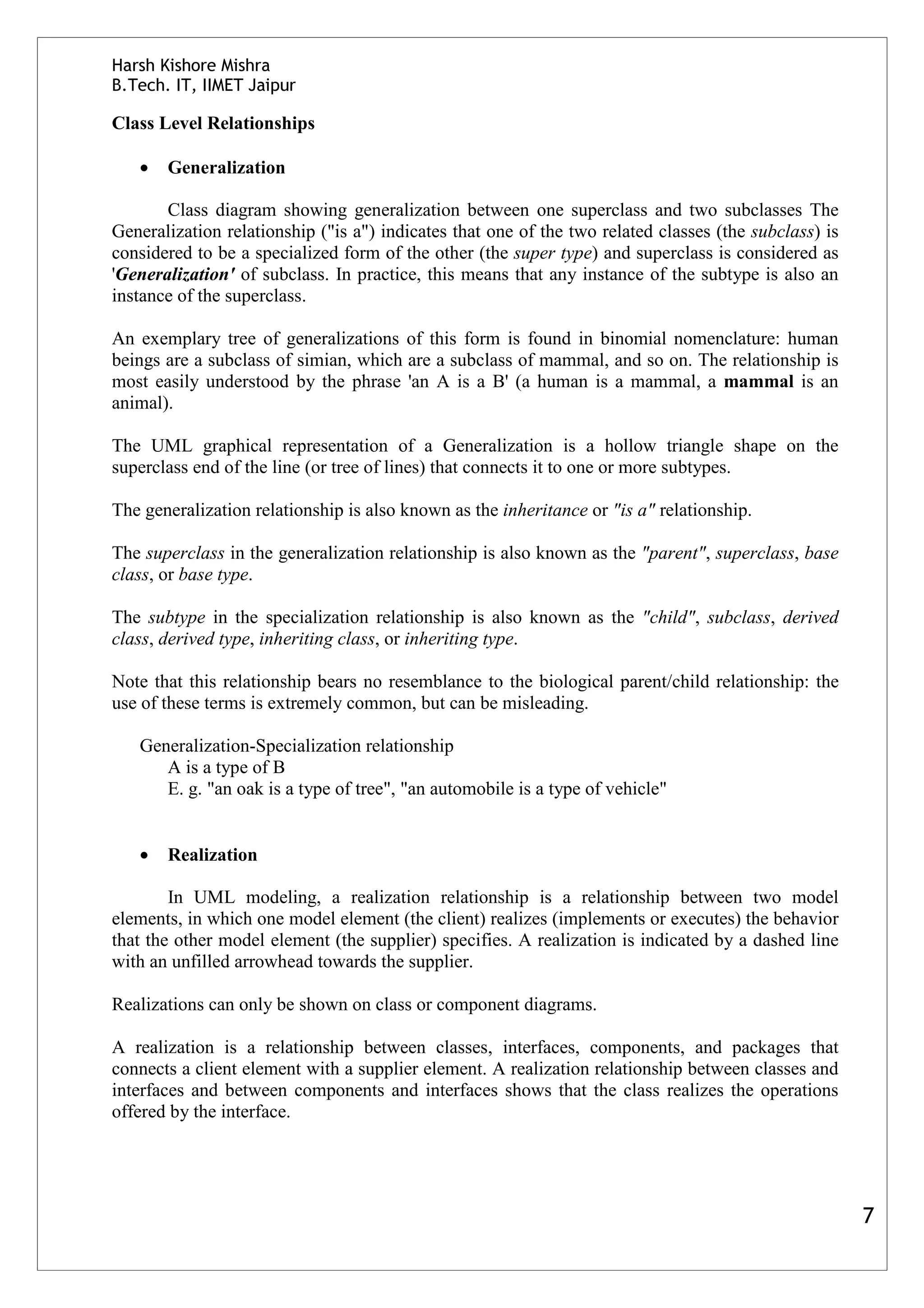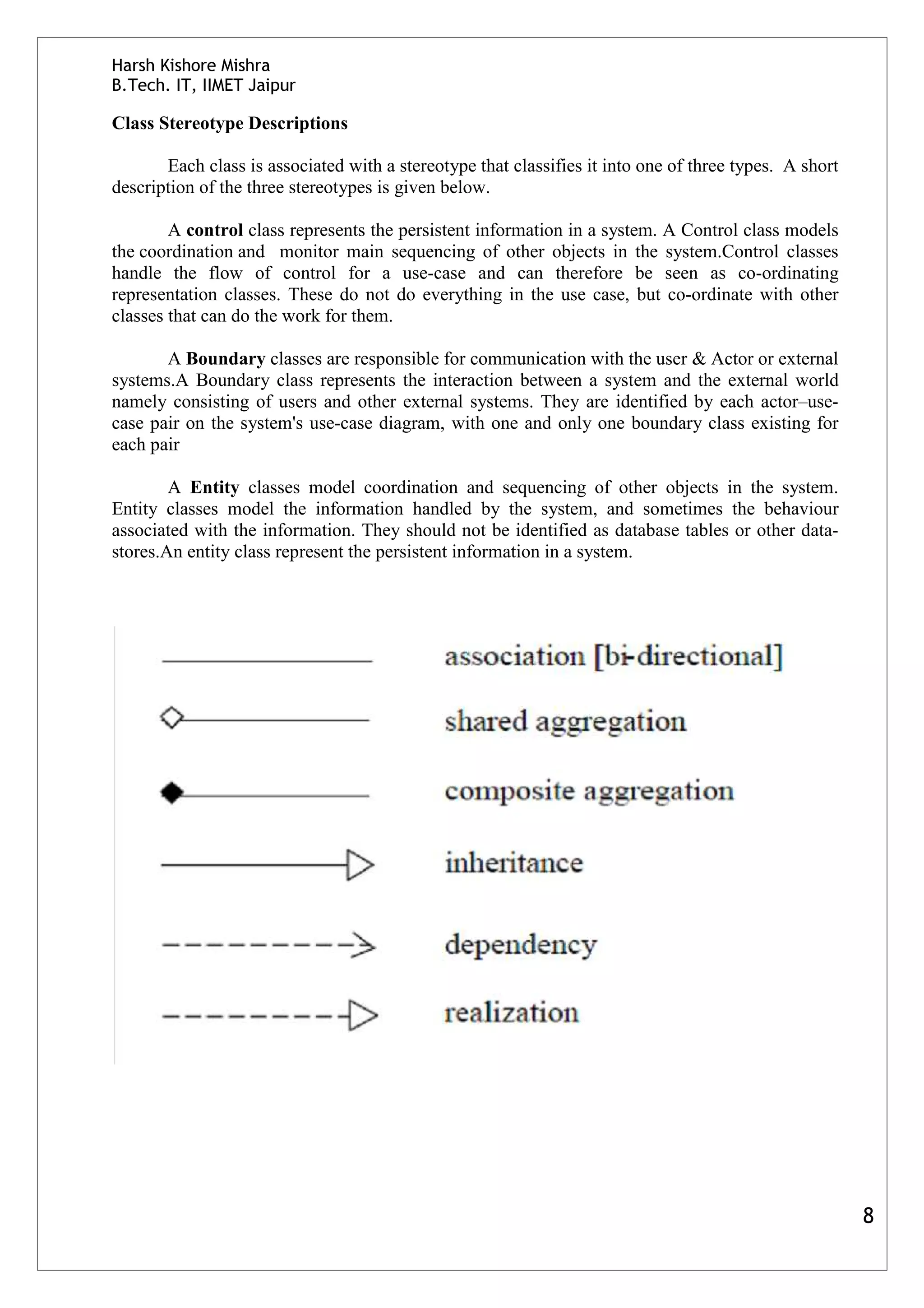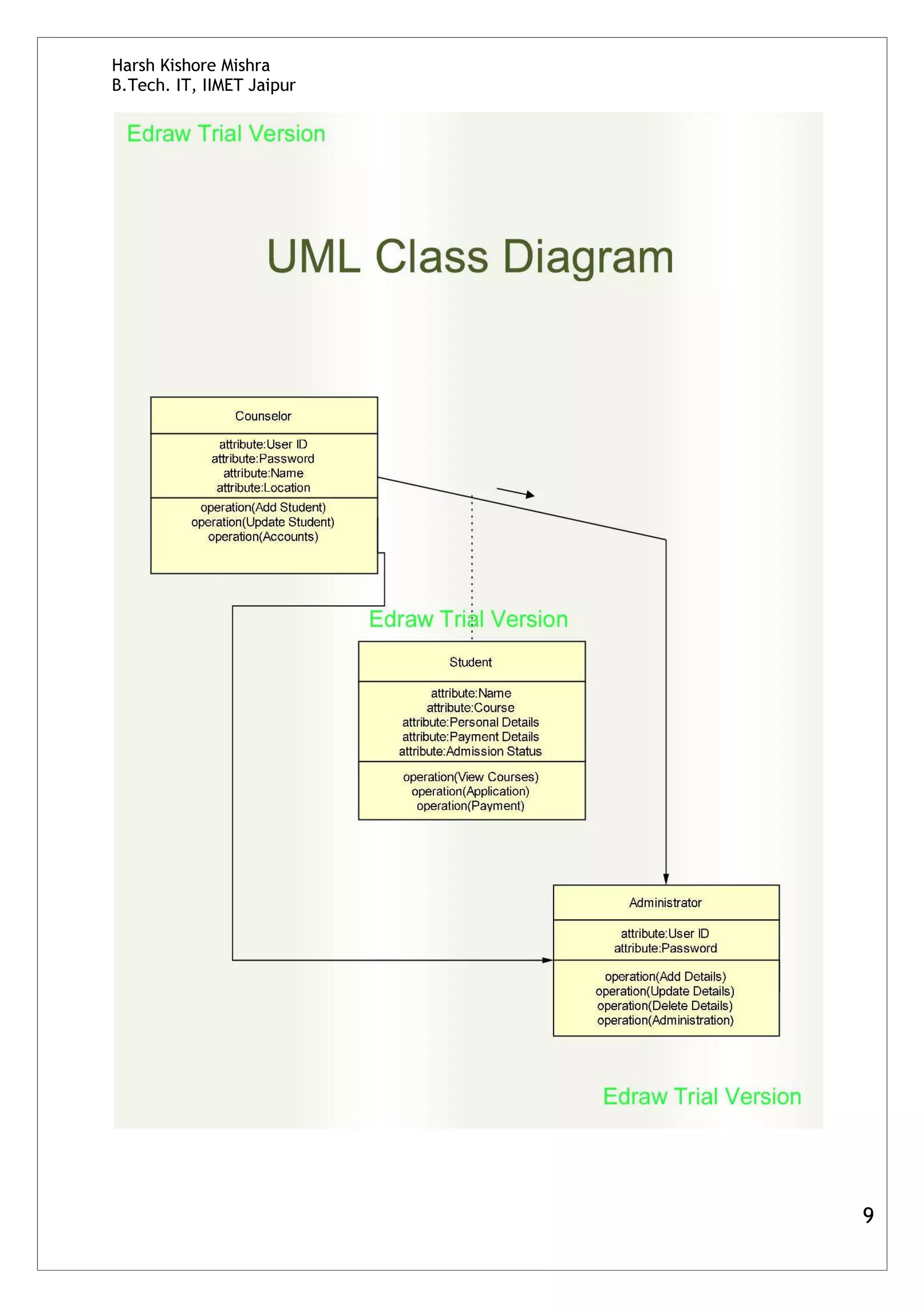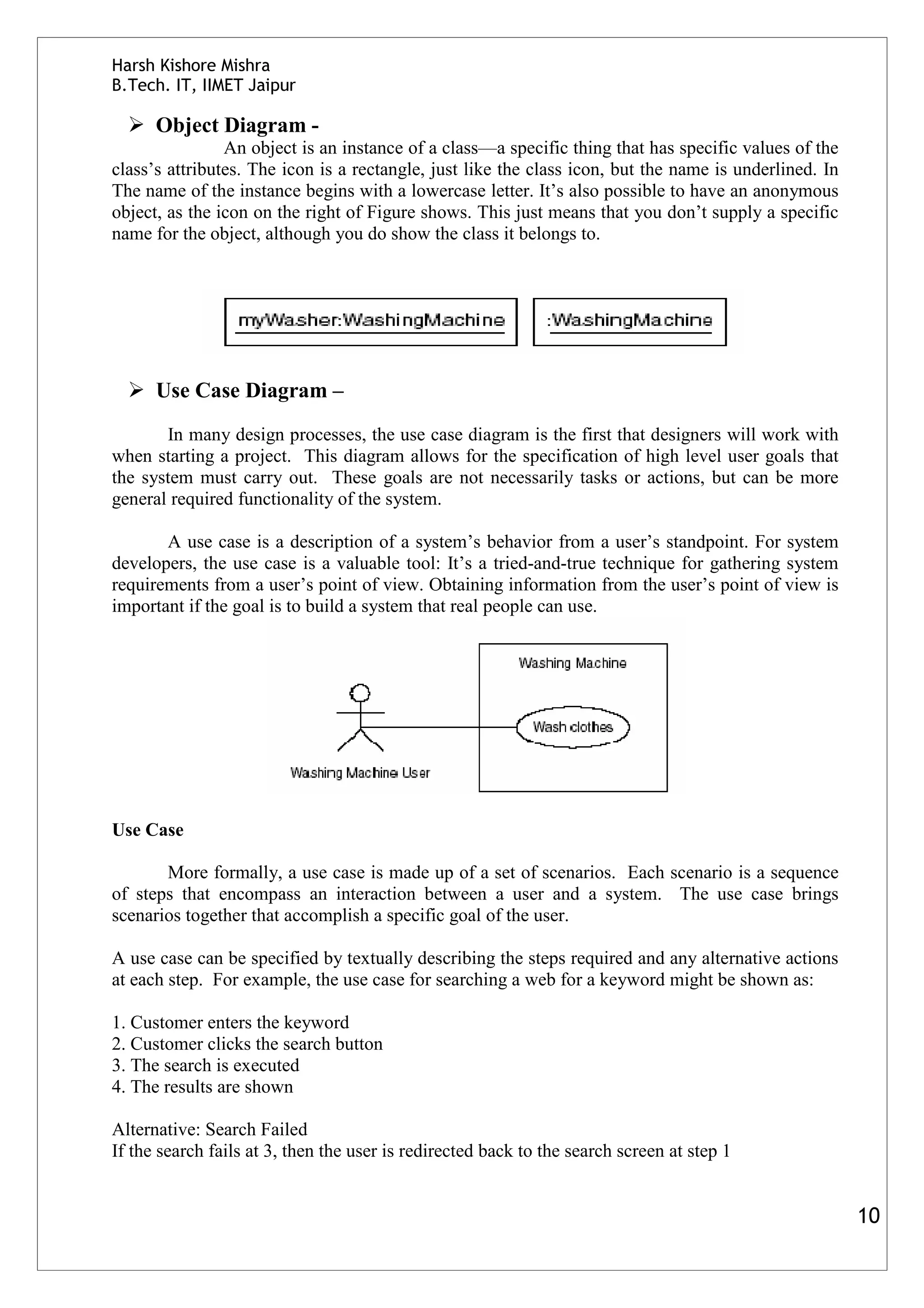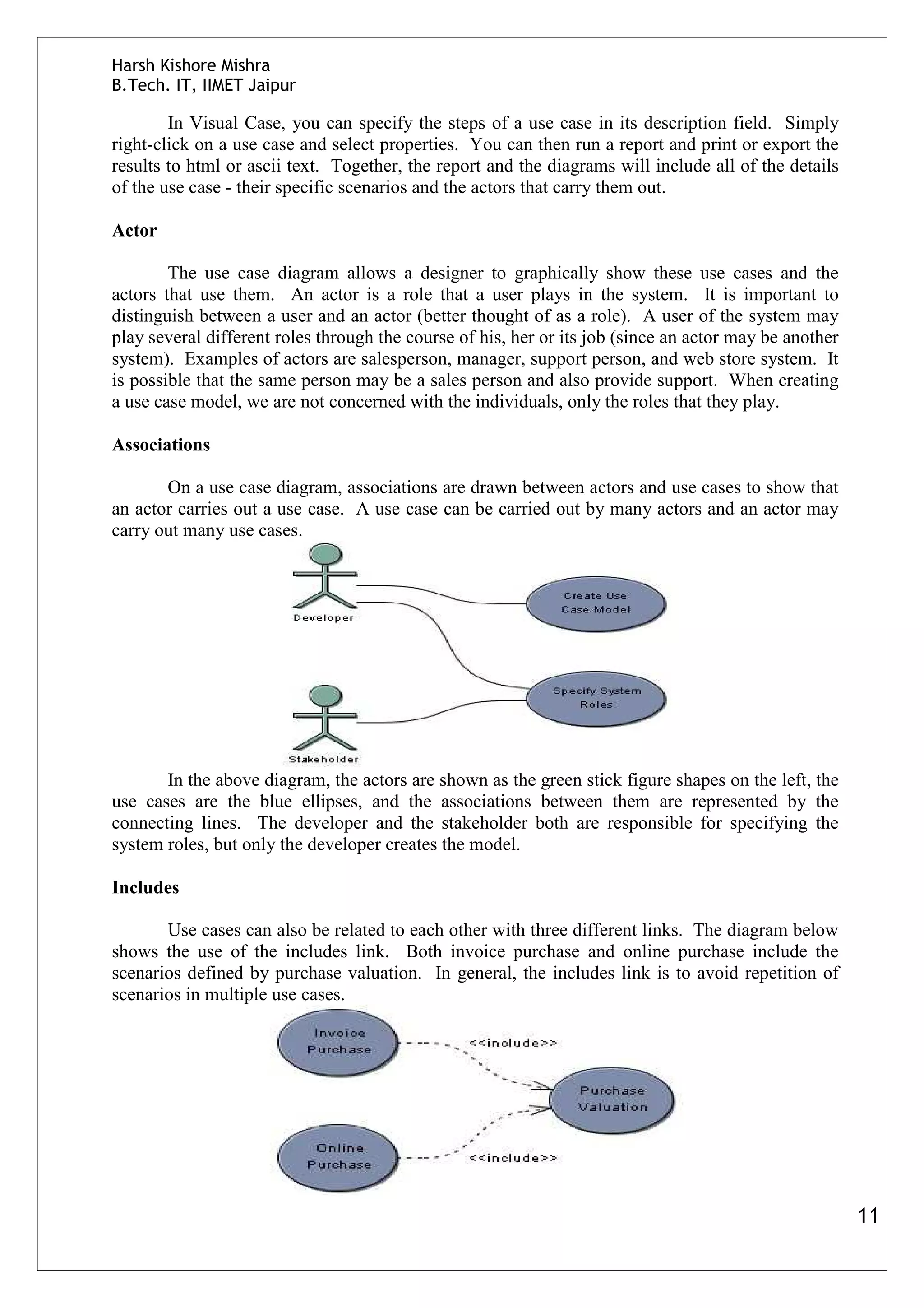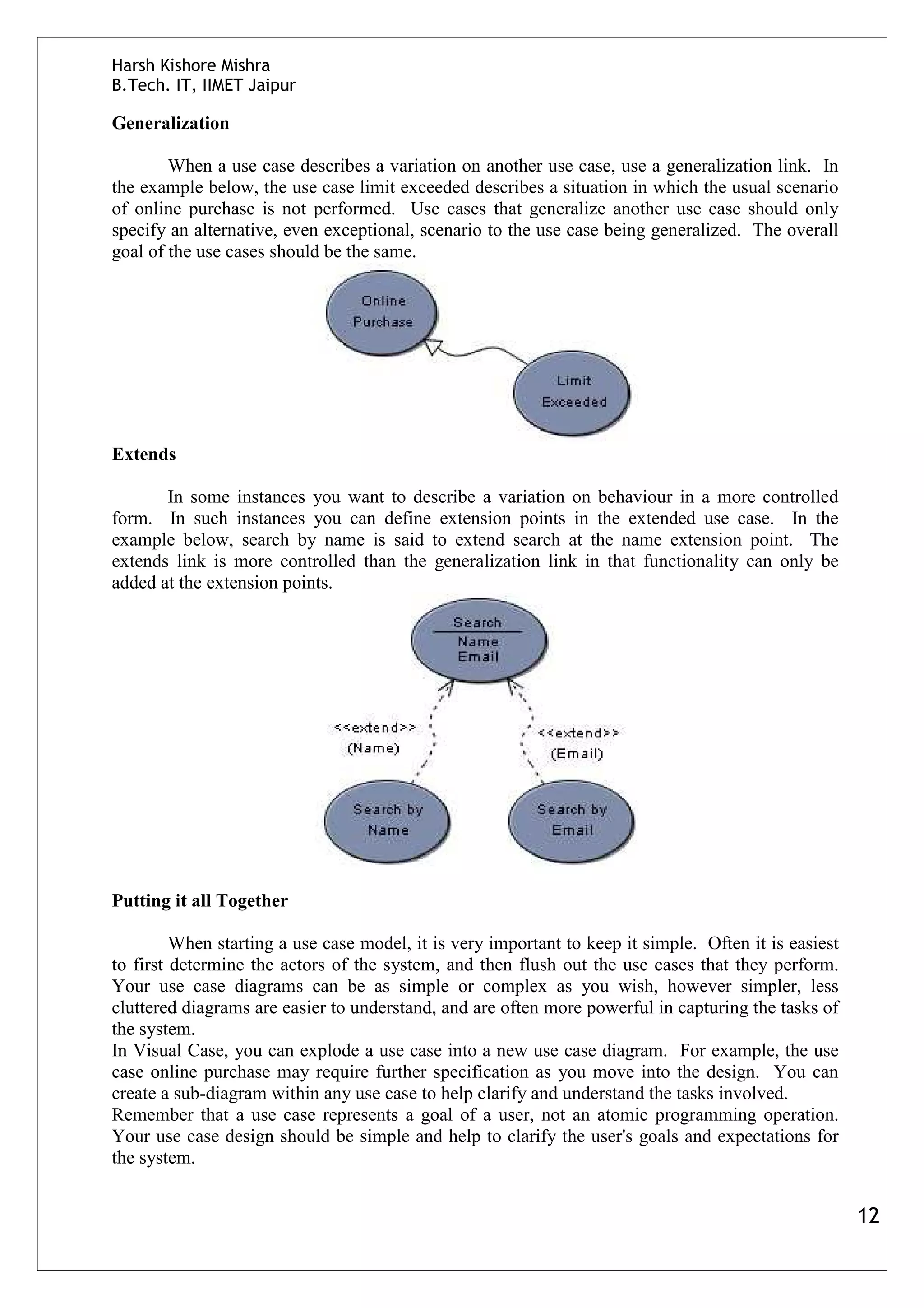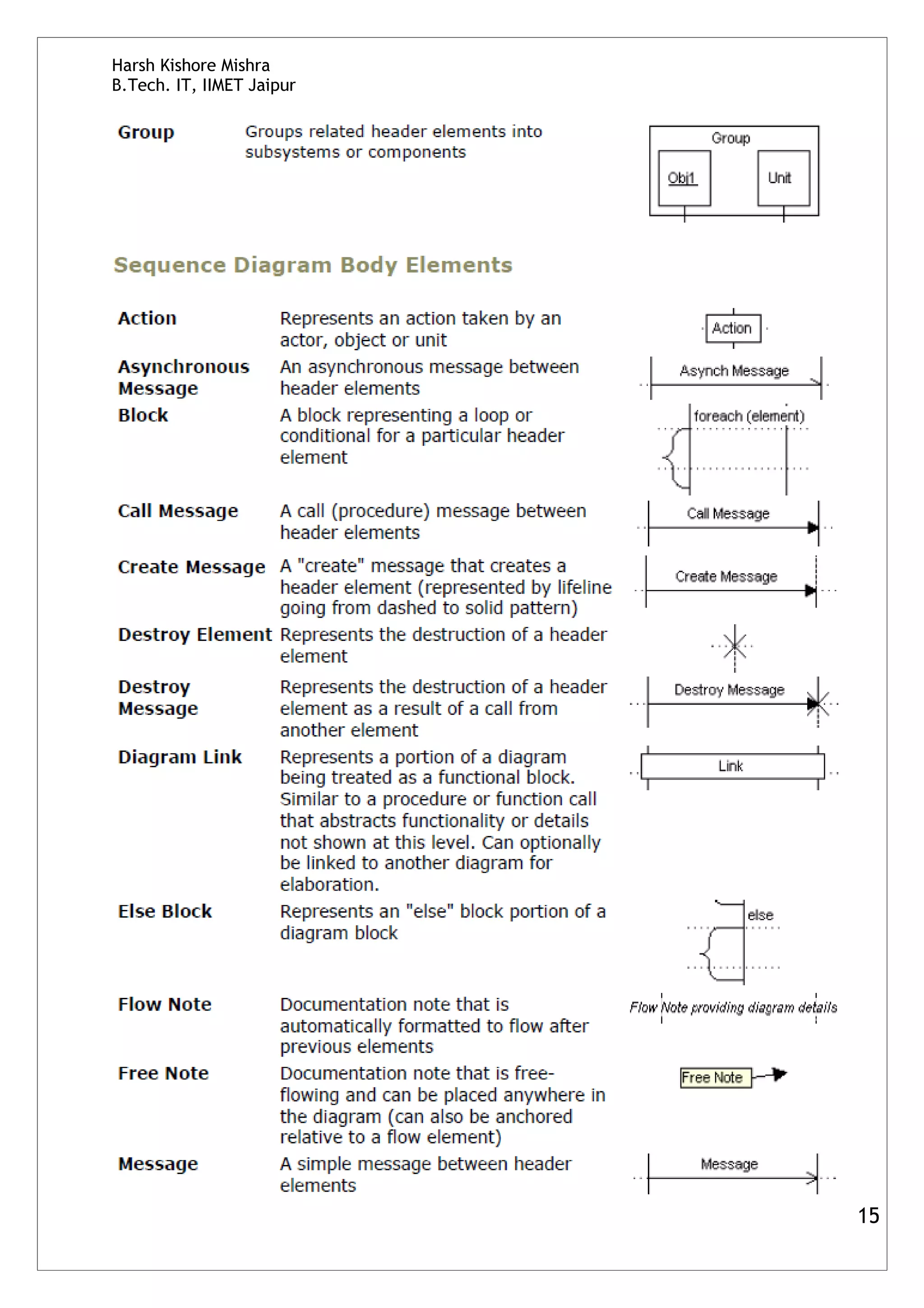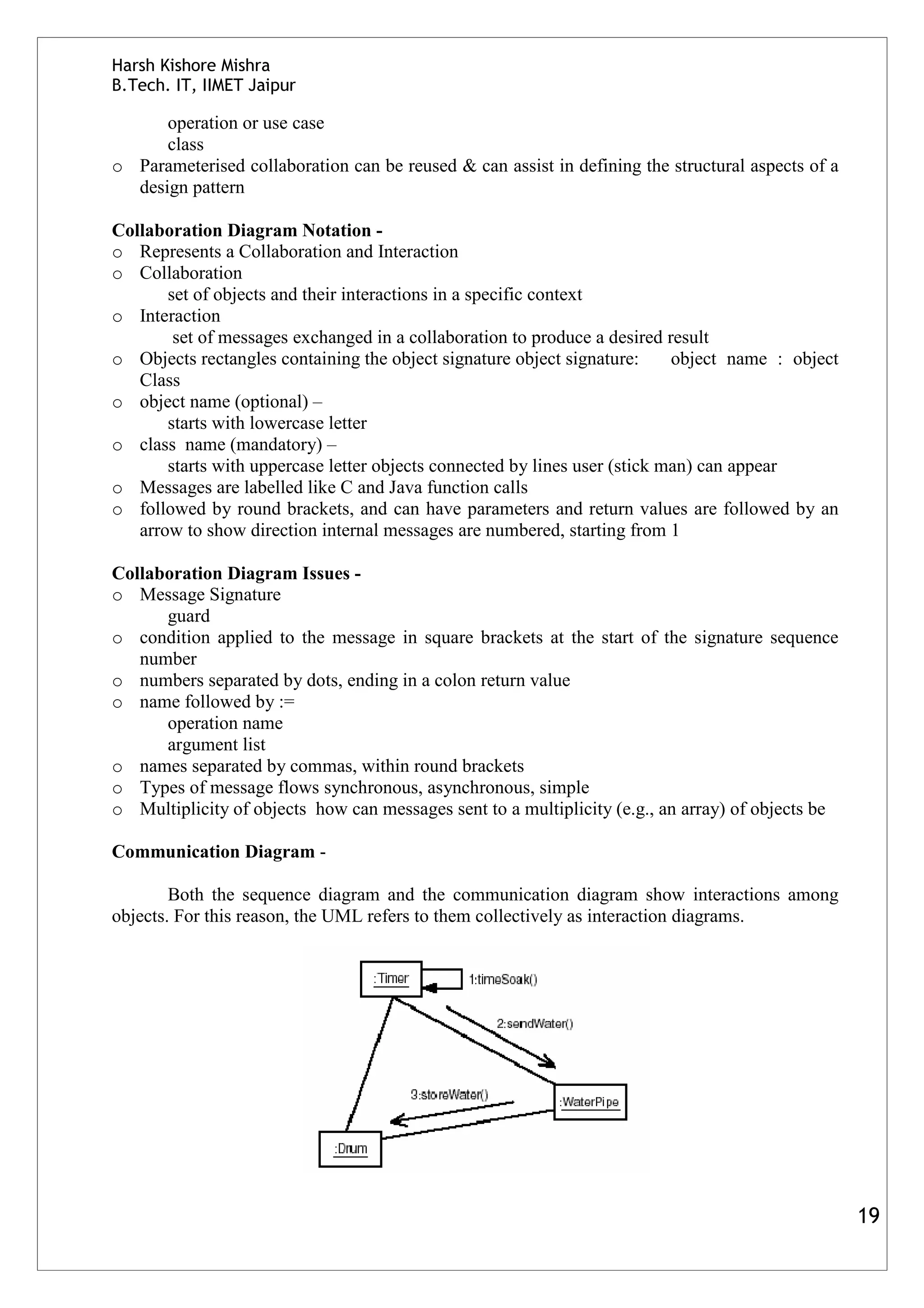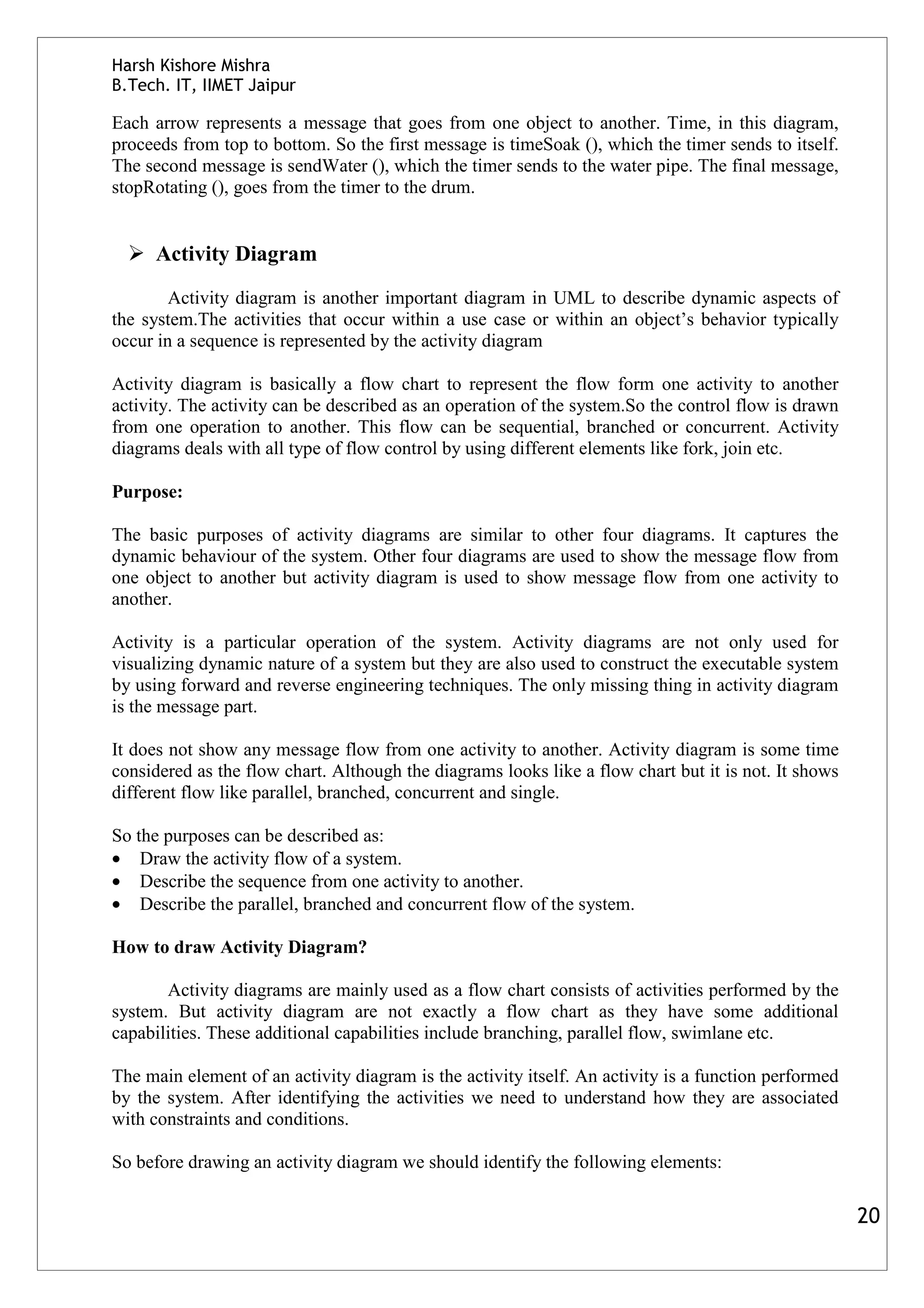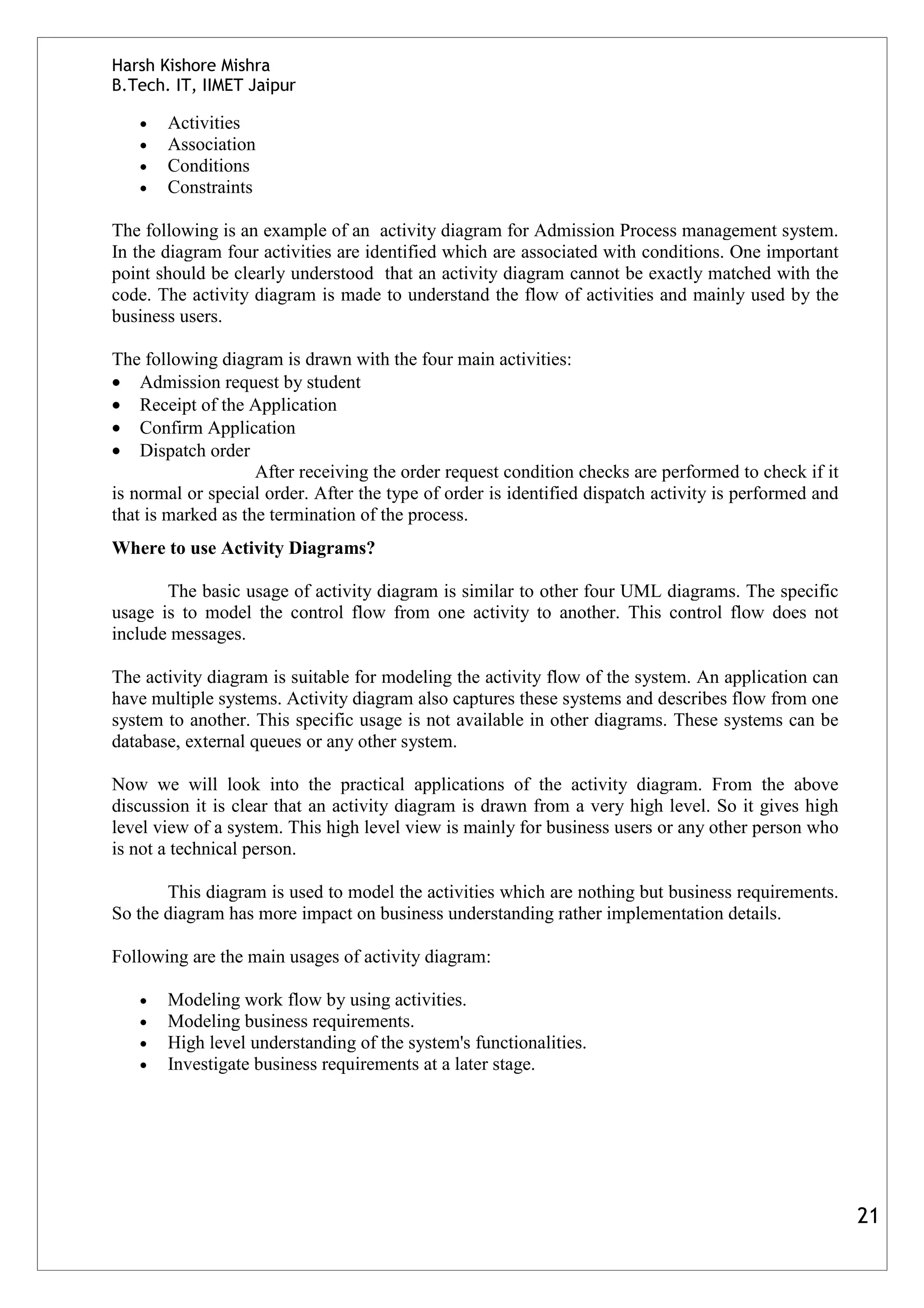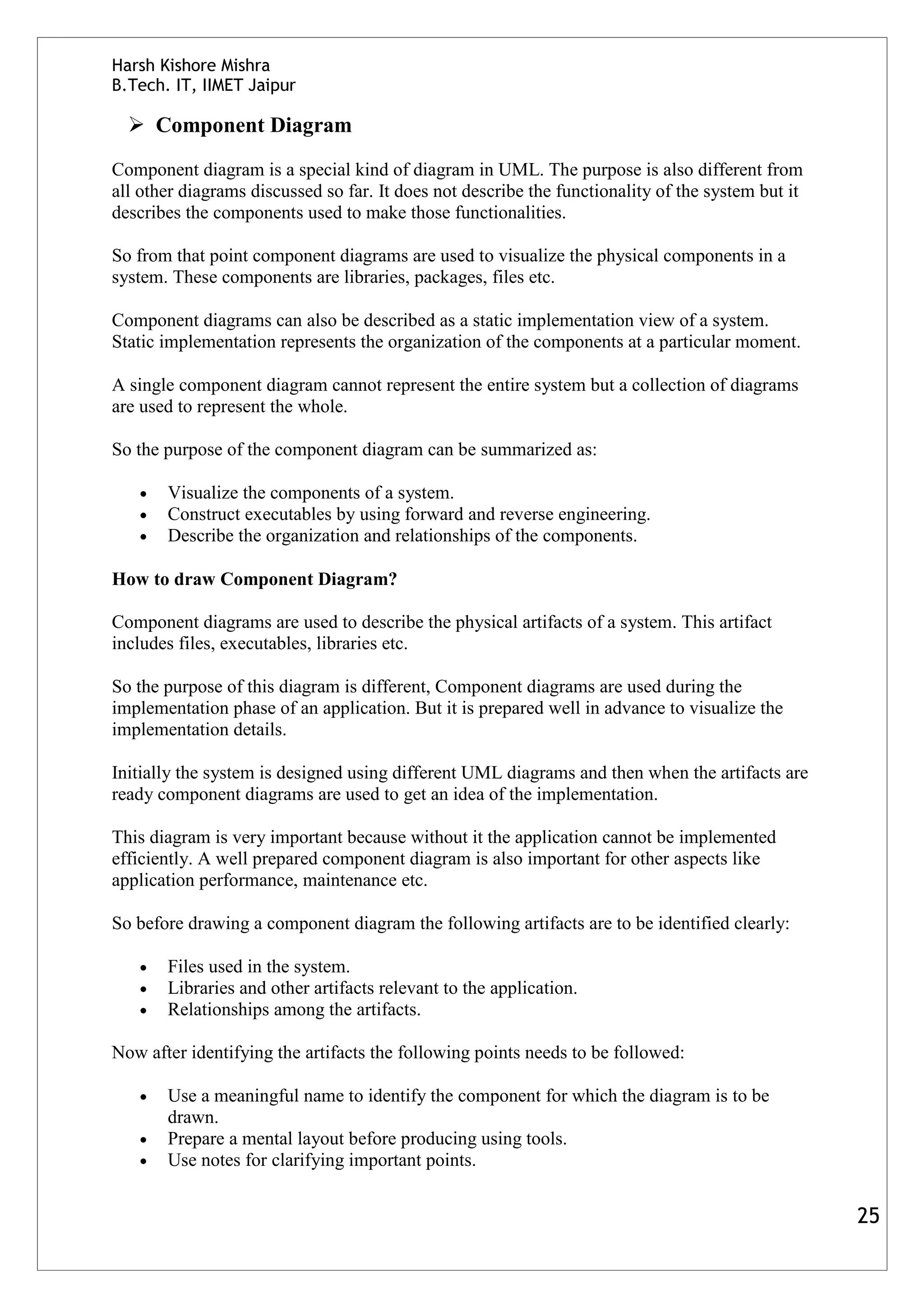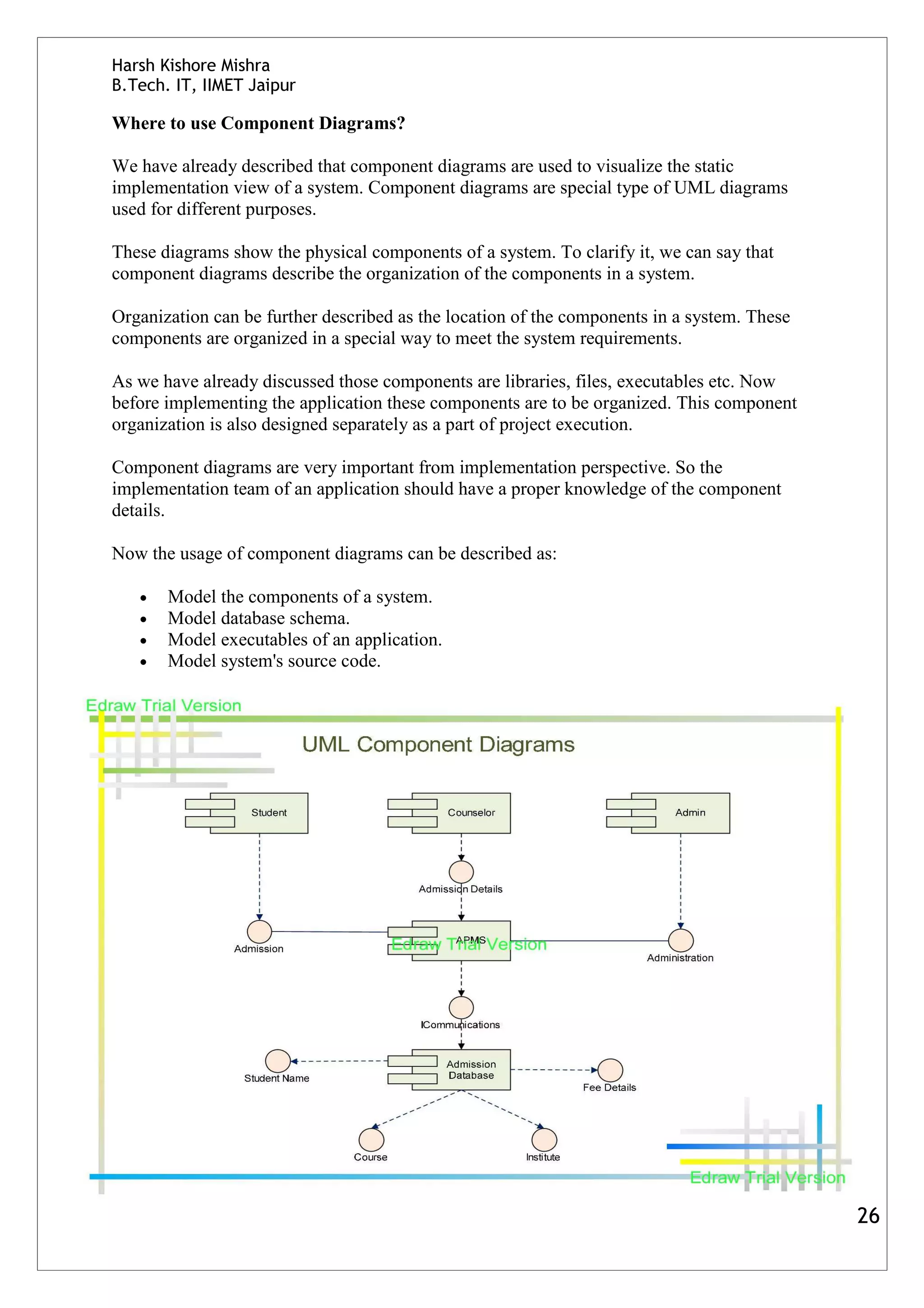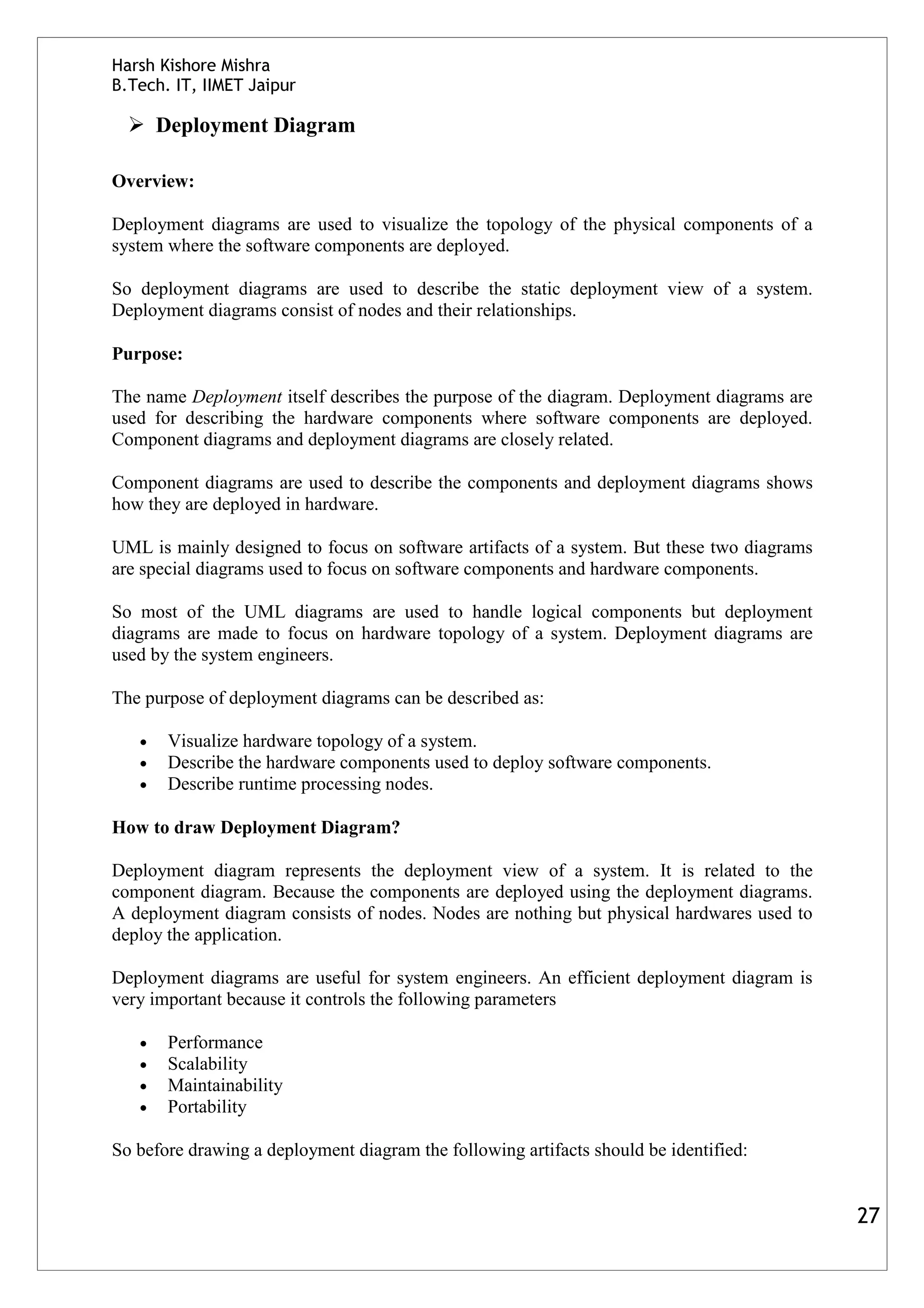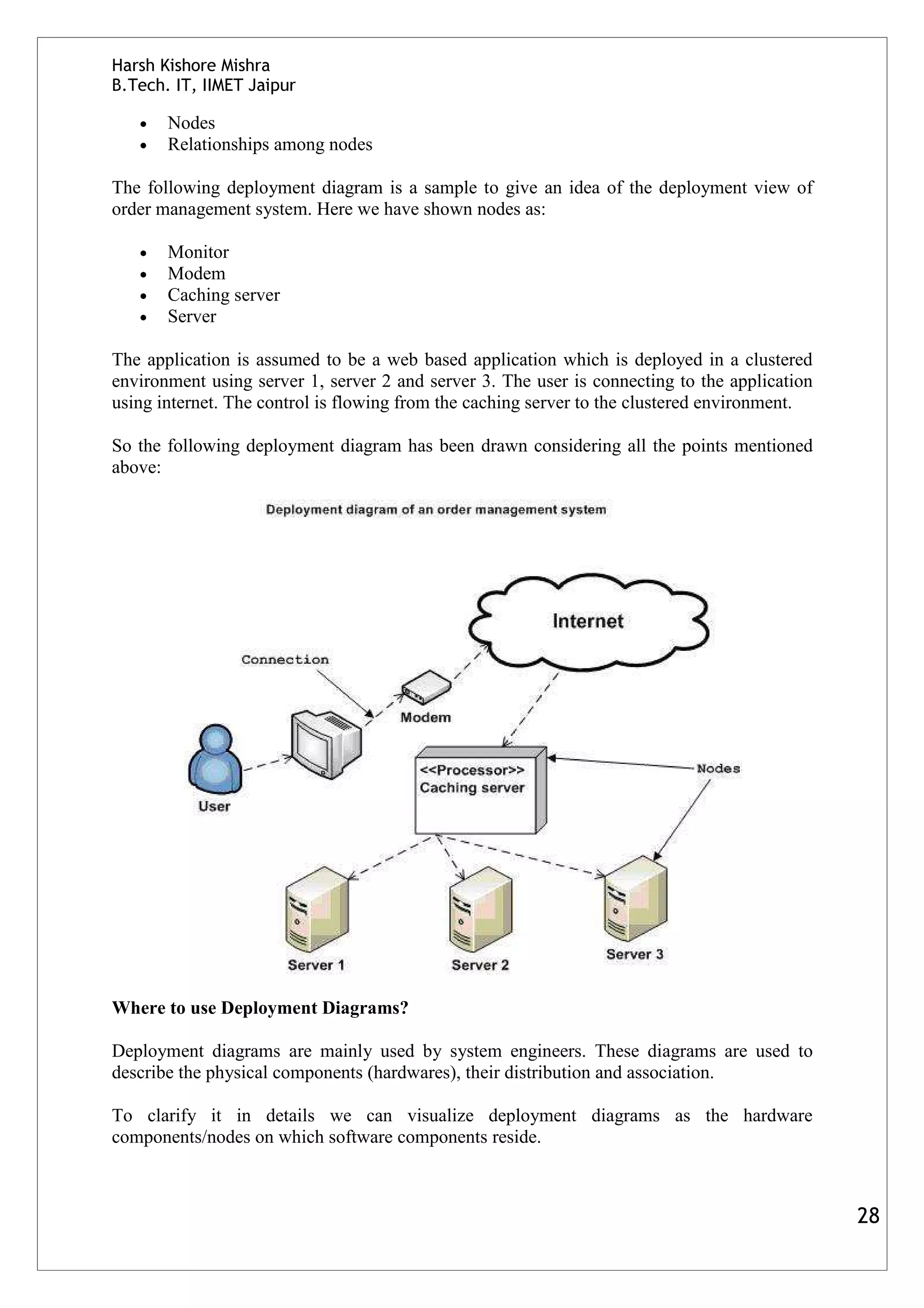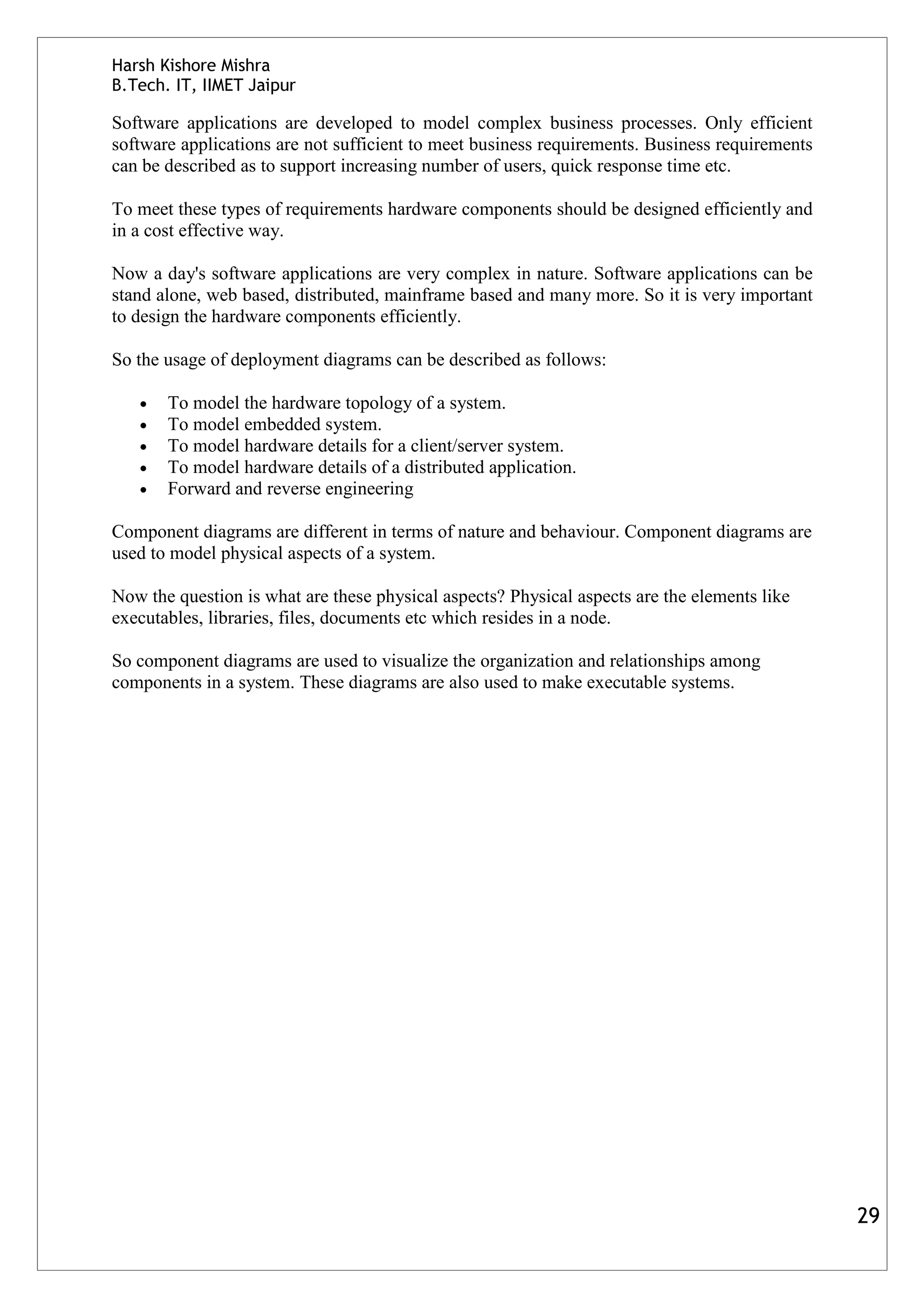The document describes an admission process management system that aims to automate and computerize the student admission process. It discusses how the current manual system is costly, time-consuming, and difficult to use, while the proposed automated system would be more feasible in terms of cost, time, and effort. The system would use modern technologies like ASP.NET and SQL Server and require only a single operator, reducing costs. It also provides an attractive user interface to make the system easy for operators and users to work with, with fast response times.


